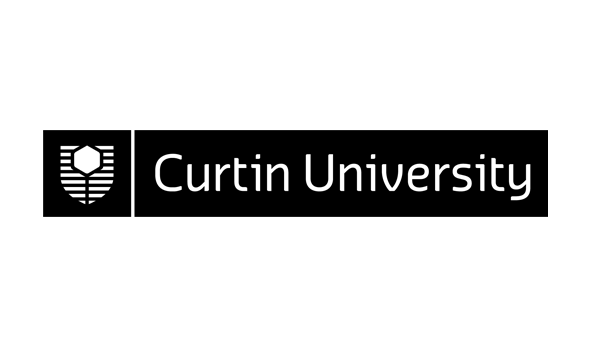312489 (v.1) Chemical Structure and Spectroscopy 201
| Area: | Department of Applied Chemistry |
|---|---|
| Credits: | 25.0 |
| Contact Hours: | 6.0 |
| ** The tuition pattern below provides details of the types of classes and their duration. This is to be used as a guide only. For more precise information please check your unit outline. ** | |
| Lecture: | 2 x 1 Hours Weekly |
| Tutorial: | 1 x 1 Hours Weekly |
| Laboratory: | 1 x 4 Hours Weekly |
| Syllabus: | Tools for determining structure Introduction to mass spectrometry (molecular mass, accurate mass and isotopes). Infrared (IR) spectroscopy, functional groups signals, interpretation of IR spectra. Introduction to Nuclear Magnetic Resonance (NMR) spectroscopy, H and C NMR, number of signals, integration, chemical shift, splitting of signals, interpretation of NMR spectra. The electromagnetic spectrum, Ultraviolet/visible spectroscopy, interpretation of ultraviolet spectra, conjugated hydrocarbons, conjugated aldehydes and ketones, aromatic systems, metal complexes Periodic trends within the d-block and main group elements. Coordination chemistry, structure, isomers and spectroscopic analysis of these. Laboratory procedures and processes, maintaining laboratory books, risk assessments, safe labortatory practice. Extraction and purification techniques. |
| ** To ensure that the most up-to-date information about unit references, texts and outcomes appears, they will be provided in your unit outline prior to commencement. ** | |
| Field of Education: | 010500 Chemical Sciences (Narrow Grouping) |
| SOLT (Online) Definitions*: | Not Online *Extent to which this unit or thesis utilises online information |
| Result Type: | Grade/Mark |
Availability
Availability Information has not been provided by the respective School or Area. Prospective students should contact the School or Area listed above for further information.

